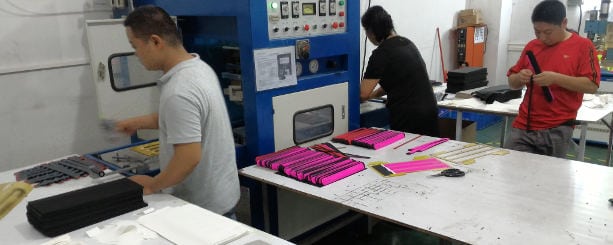Suggestion: Watch the 10 minutes video tutorial before reading this article
Today, most suppliers in China hold export licenses. But, it was not always that way, and there are still factories that lack them.
In this article, we explain what Importers must know about Export licenses in China – and how you can buy from a suppliers without one.
What is an Export license?
An Export license, or Export permit, is a document issued to companies by China’s Ministry of Foreign Trade and Economic Cooperation.
The Export license is required for shipping goods out of China. Without such a license, the cargo will not be cleared through the Chinese customs.
As such, most export oriented suppliers, both manufacturers and trading companies, hold Export licenses.
Shall the Supplier or the Buyer apply for the Export license?
The Export licenses are only issued to Chinese companies, that wish to export goods from China to overseas markets.
Hence, overseas buyers don’t need to obtain license or permit in China. Continue reading China Export Licenses and Permits: A Complete Guide













